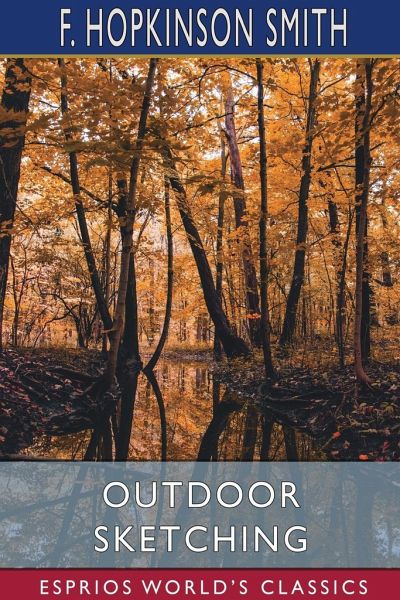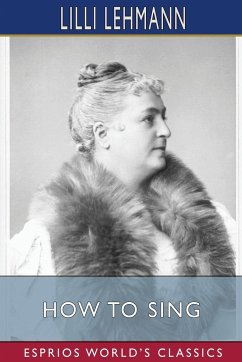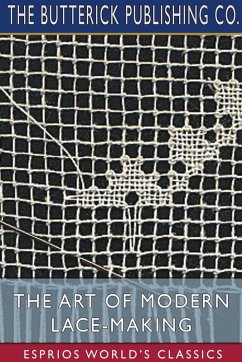Nicht lieferbar

Outdoor Sketching (Esprios Classics)
Versandkostenfrei!
Nicht lieferbar
Francis Hopkinson Smith (October 23, 1838 - April 7, 1915) was a United States author, artist and engineer. He built the foundation for the Statue of Liberty, wrote many famous stories and received awards for his paintings. Smith became a contractor in New York City and did much work for the federal government, including the stone ice-breaker at Bridgeport, Connecticut, the jetties at the mouth of the Connecticut River, the foundation for the Bartholdi Statue of Liberty in New York Harbor, the Race Rock Lighthouse and many life-saving stations. His first popular book was Col. Carter of Carters...
Francis Hopkinson Smith (October 23, 1838 - April 7, 1915) was a United States author, artist and engineer. He built the foundation for the Statue of Liberty, wrote many famous stories and received awards for his paintings. Smith became a contractor in New York City and did much work for the federal government, including the stone ice-breaker at Bridgeport, Connecticut, the jetties at the mouth of the Connecticut River, the foundation for the Bartholdi Statue of Liberty in New York Harbor, the Race Rock Lighthouse and many life-saving stations. His first popular book was Col. Carter of Cartersville (1891). His 1896 novel Tom Grogan and 1898 novel Caleb West were each the best selling book in the United States in the year of their release.






